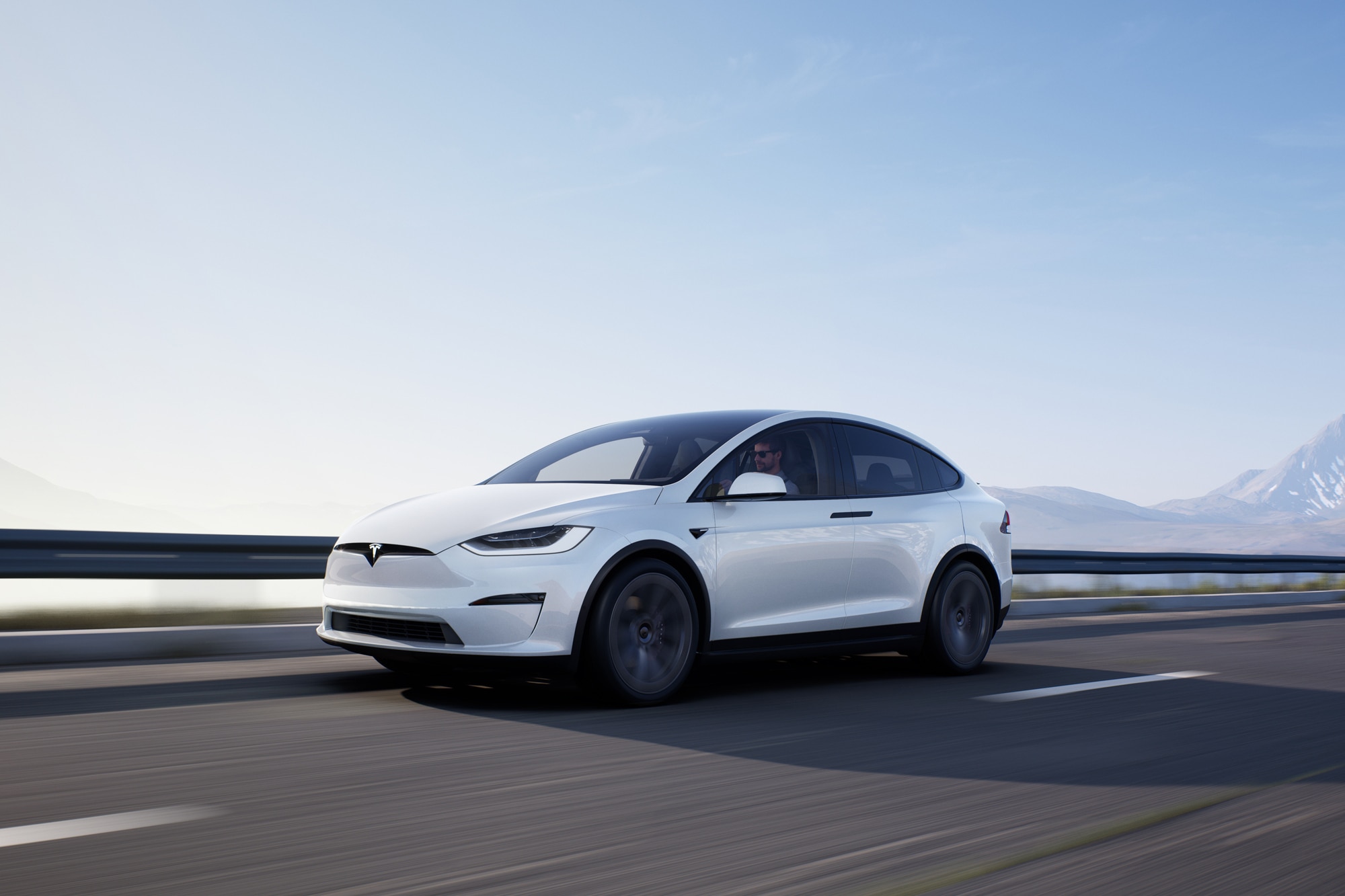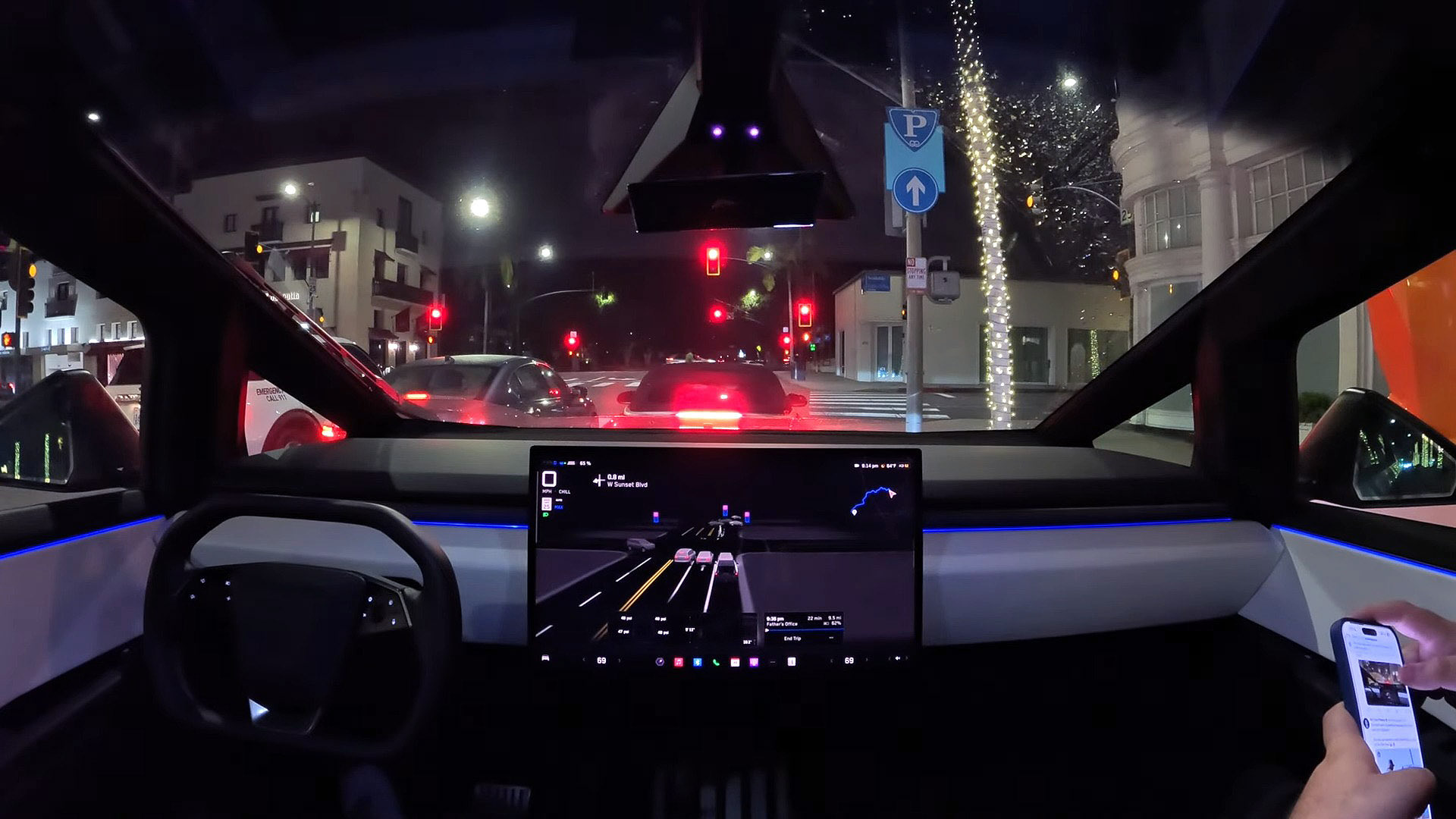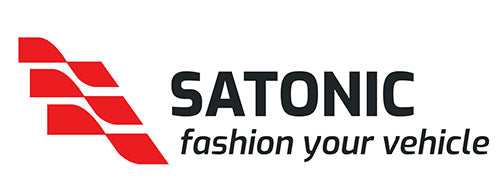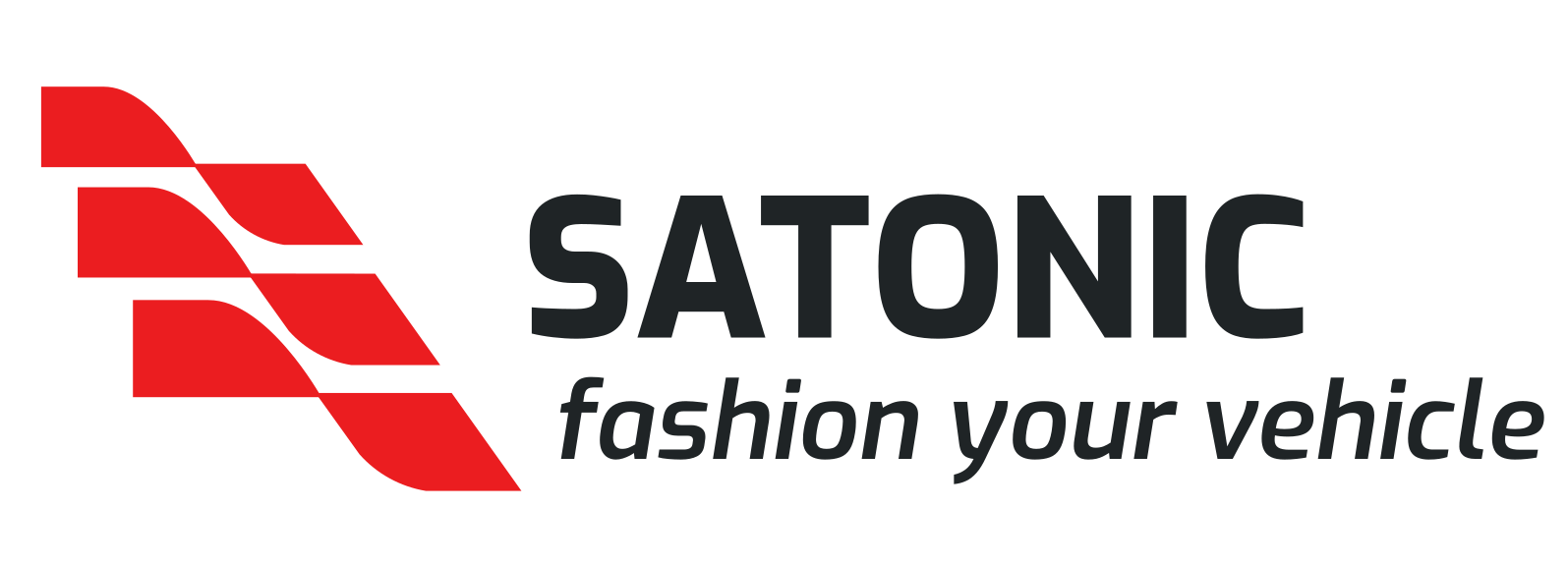Tesla FSD Update: What You Need to Know



Tesla has just rolled out a significant update to its “Full Self‑Driving (Supervised)” (FSD) suite, and there’s a lot to unpack — both the advances and what to watch out for.
✅ What’s new
-
The latest version, v14.0 / v14.1.5, brings a major set of features, notably the first wide rollout for the Tesla Cybertruck under update 2025.38.8.5. (Notatesla App)
-
New “Arrival Options”: you can now select whether the vehicle should park in a driveway, garage, curbside drop-off, etc., and the FSD system will route accordingly. (Notatesla App)
-
Speed profiles have been expanded — for example a “Sloth” mode for more relaxed driving, and a “Mad Max” profile for a more aggressive style. (Tesla Oracle)
-
Additional improvements: better handling of emergency vehicles, improved routing around blocked roads, upgraded UI for initiating FSD from park, and enhanced camera-cleaning routines. (Notatesla App)
⚠️ What to keep in mind
-
Despite the name “Full Self-Driving (Supervised)”, driver supervision is still mandatory — the system is not fully autonomous. (Tesla)
-
Some owners report the new features need more time to mature; as one Reddit user put it:
“I intervened a lot more in 14.1 .4 in comparison to 13.2.9!” (Reddit)
-
There is increasing competitive pressure in the autonomous/driver-assist space, especially from Chinese EV/tech companies, which could affect Tesla’s positioning. (Reuters)
-
Regional rollout varies: while the update is being rolled out to many owners, full global availability — and regulatory clearance — still differ by market. (Notatesla App)
🔍 Why it matters
This update is more than just incremental: it signals a shift from incremental driver-assist towards more capable supervised autonomy. The “Arrival Options” and enhanced routing show Tesla is thinking ahead to scenarios where the vehicle can handle more of the final leg of a trip on its own (with you still onboard). For Tesla owners, this means your vehicle is gradually becoming more capable — smoother parking, smarter drop-offs, and better handling of real-world complexity.
From a strategic point of view, this is Tesla staking its claim on the future of mobility — robo-taxis, fleets, etc. And for accessory vendors (such as those in the Tesla ecosystem), more advanced vehicle behavior means new opportunities: more advanced sensors, better integration, and value-added upgrades.
📌 What you might want to do
-
If you own a Tesla equipped with the required hardware (e.g., HW4), check for the update availability.
-
Test out the new features — especially the Arrival Options and speed profiles — but keep your hands ready and stay alert.
-
Consider how your own vehicle setup (hardware version, region, insurance/requirements) matches the new FSD capabilities — perhaps plan upgrades or adjustments.
-
If you’re in the Tesla-accessories business, think about how these new FSD features may raise expectations: better parking behaviour means customers will expect accessories that complement that (e.g., smart cameras, parking sensors, integration with door/handle systems).
Overall: Tesla’s FSD is getting a meaningful upgrade. It’s not yet fully autonomous, and there remain limitations. But the trajectory is real. For Tesla owners, it’s a good time to stay informed, test the new capabilities safely, and anticipate the next wave of vehicle intelligence.





























